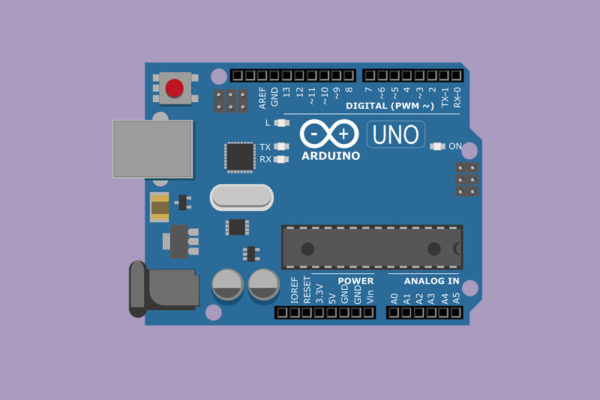Custom-made items are steadily gaining popularity. But you probably already know that by now. If you’ve ever thought about selling your laser cut products, now is the best time to do it. There are a lot of channels you can try for testing the waters of selling your products. The two main channels are online selling and selling in a physical location.
Online makes it easy to expand distribution and sell products. Even in this space, there are several channels to choose from. As a maker, you can set up your own store. Buying your own domain, getting hosting and putting your site together is relatively easy if you have some coding skills. If not, you can always buy turnkey solutions or get easy-to-setup sites like WordPress or Shopify. There are also DIY-friendly retail sites such as Etsy which have made it easier for artisans, woodworkers or metalworkers to sell online.
Then, there are maker community conferences usually called Maker’s Markets or Maker Faires. The first Maker Faire started in San Francisco and New York but are now becoming more commonplace across the globe. These events are also drawing in crowds by the thousands. According to Make magazine, the attendance of about 74,000 in 2009 grew to 120,000 in 2013.
So how do you choose one over the other?
It really depends on your skills and your comfort level as a seller. Skill-wise, selling online requires a bit of technical knowledge. If understanding terms like html, hosting and FTP seem out of your league, then start with face-to-face selling via a Maker’s Market. On the opposite end of the spectrum, if you are uncomfortable chatting up with potential buyers or pushing to close the sale, then an online channel might be your best bet.
There are also several benefits to consider. Online selling means less overhead cost. There is no need to rent out a both or set up your physical store, pay for utilities or hire people to maintain your retail space. Another important advantage of online is selling is the wider reach. Over 1 billion people worldwide use the internet today, reaching them is a matter of knowing how to market your products online. Analytics software also makes it easy to measure the results of any activity you do and attribute success to the right campaign.
Selling in a physical store, on the other hand, gives you the opportunity to talk directly to your target market. You can easily find out their feedback and take note of improvements you need to make without conducting complicated surveys or focus group discussions. As a maker, you also get instant gratification when you hear good reviews about your work and can be quite exhilarating and inspiring.
That’s our take on both selling channels for makers. Have you tried selling your products online and in Maker’s Markets? Tell us about your experience in the comments below.



